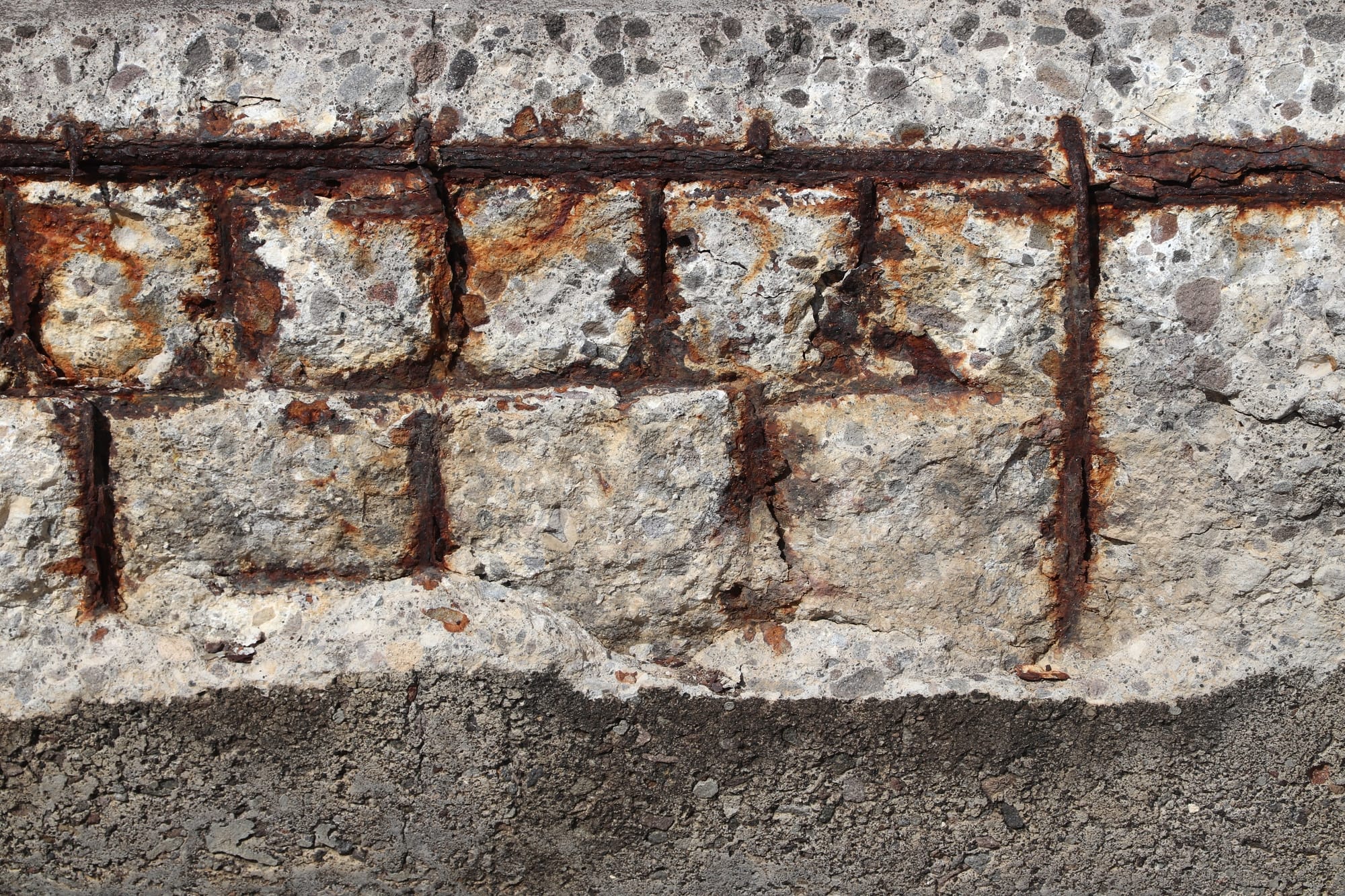About

spall */spɔːl/ • n.
From Middle English spalle, of Germanic origin; compare Middle Dutch spale ‘splinter,’ and Old Norse spǫll (pl. of spjall) ‘chip, fragment.’ Related forms in Old Norse and Old English (e.g. spjall, spell) also denoted speech, tale, account—suggesting a distant semantic overlap between what breaks off and what is told.
- A fragment or chip detached from a larger mass of stone, concrete, or metal, typically as a result of weathering, pressure, or repeated stress.
- In engineering and geology, a flake or piece broken off due to mechanical force, thermal change, or aging.
- By extension: any small part shed from a larger system, revealing an underlying structure or point of failure.
Spall refers to what breaks off—the chips, flakes, and sheared fragments that fall away from a structure under pressure. Concrete quietly crumbling. Facades fretting loose. Not failure, exactly, but exposure.
The entries collected here are not thematic, nor are they comprehensive. They’re partial signs, scattered across built space, memory, and design. The hum of a distant highway. A school bus in permanent livery. The changing temperature of streetlight.
These are surfaces that tell time, where deeper erosion begins to show. Every fragment implies a system. Every edge, pressure. And every sign, once noticed, unsettles the ground it rests on.
This is not a catalogue of things, but a ledger of instability—a record of what peels back, flickers through, or breaks apart when subject to inquiry.